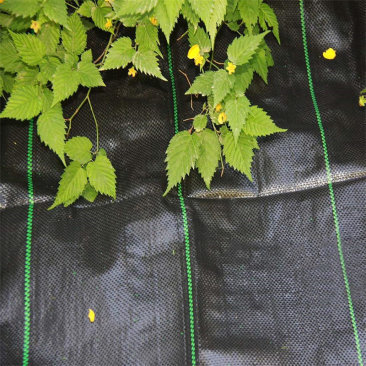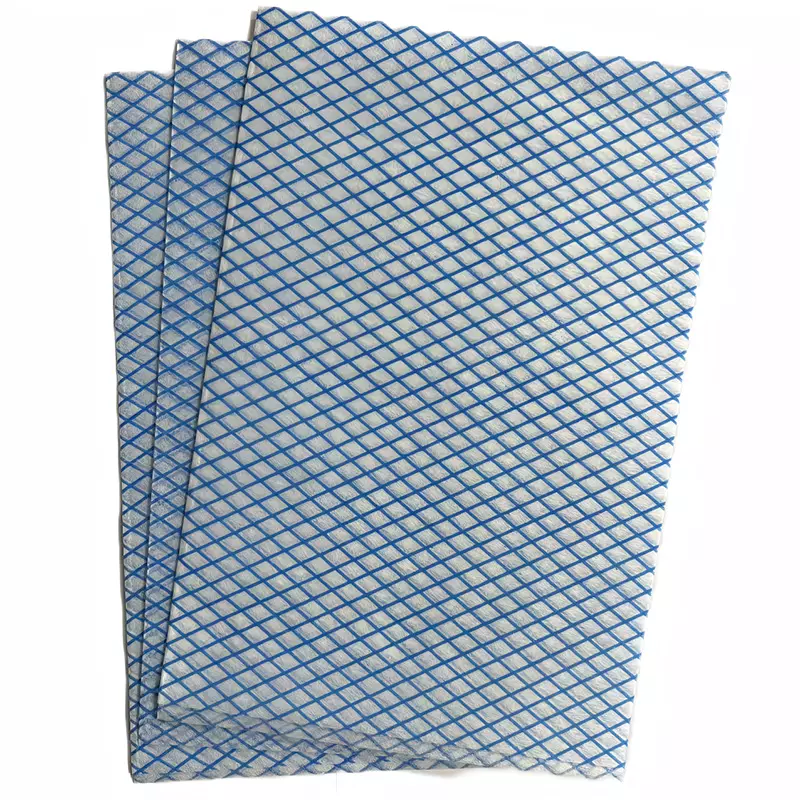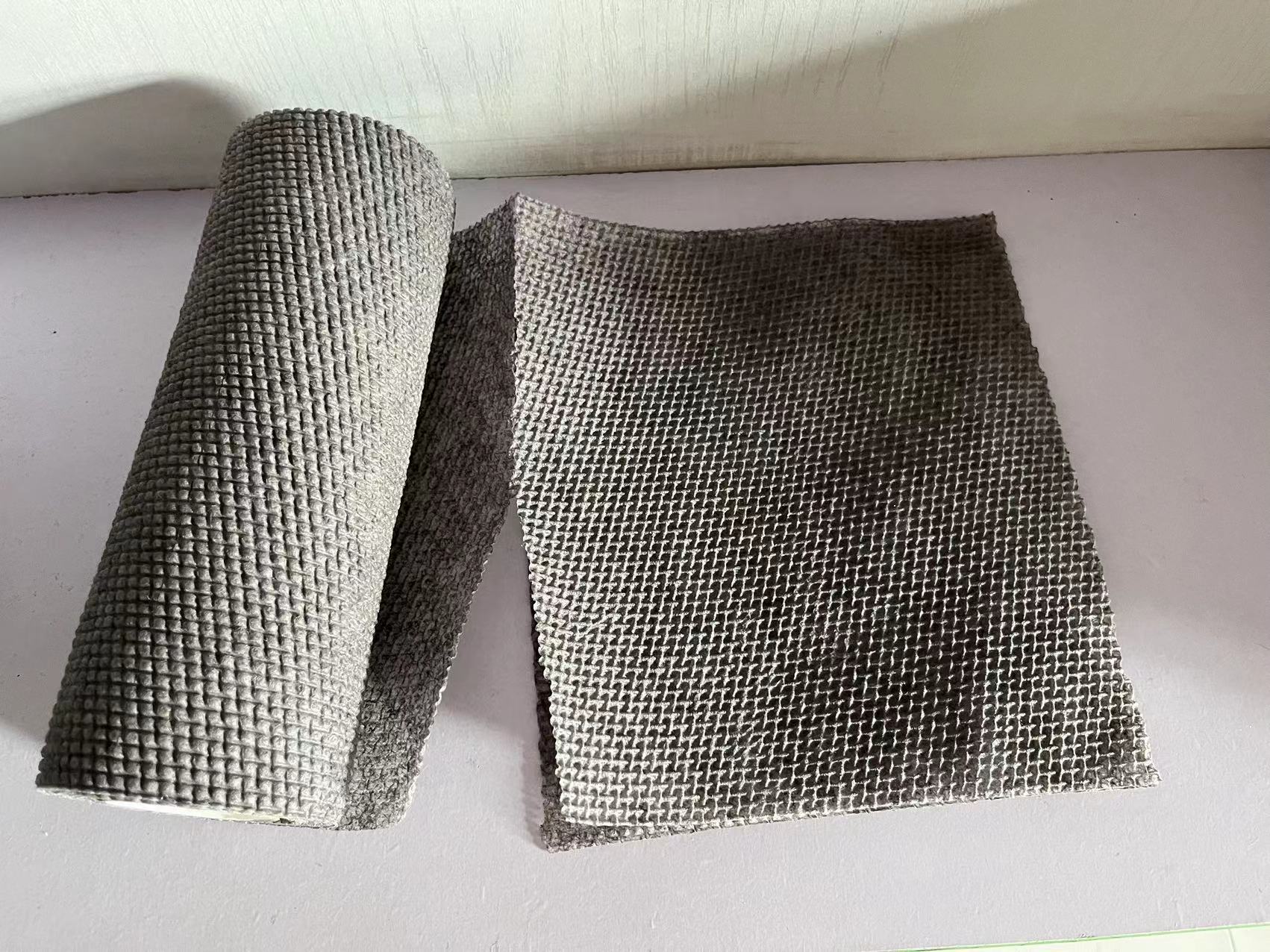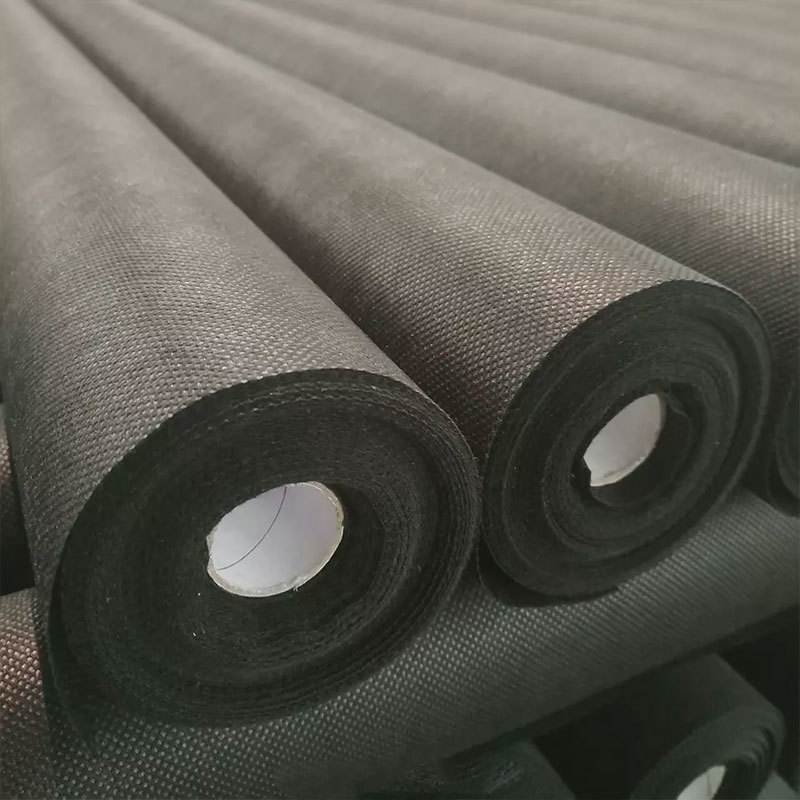07
2025
-
06
Why Ground Fabric is a Game Changer for Weed Management
Why Ground Fabric is a Game Changer for Weed Management Table of Contents 1. Introduction to Ground Fabric 2. Understanding Weeds and Their Impact on Gardens 3. The Basics of Ground Fabric: What You Need to Know 3.1 Composition and Types of Ground Fabric 3.2 How Ground Fabric Works in Weed Management 4. Benefits of Using Ground Fabric for Weed Control 4.1 Reduced Weed Growth 4.2 Enhanced Soil Heal
Why Ground Fabric is a Game Changer for Weed Management
Table of Contents
1. Introduction to Ground Fabric
2. Understanding Weeds and Their Impact on Gardens
3. The Basics of Ground Fabric: What You Need to Know
3.1 Composition and Types of Ground Fabric
3.2 How Ground Fabric Works in Weed Management
4. Benefits of Using Ground Fabric for Weed Control
4.1 Reduced Weed Growth
4.2 Enhanced Soil Health
4.3 Time and Labor Savings
4.4 Environmental Benefits
5. How to Properly Install Ground Fabric
6. Maintenance Tips for Ground Fabric
7. Common Myths about Ground Fabric
8. Conclusion
9. Frequently Asked Questions (FAQs)
1. Introduction to Ground Fabric
Ground fabric, often referred to as landscape fabric or weed barrier fabric, is a revolutionary material designed to suppress weed growth while allowing air, water, and nutrients to penetrate the soil. As gardening enthusiasts and landscape professionals alike seek effective methods to maintain healthy, vibrant gardens, ground fabric has emerged as a game-changing solution.
In this article, we will delve into the numerous advantages of ground fabric, its installation process, maintenance tips, and common myths that surround its use. By the end of this article, you will understand why ground fabric is a vital tool for effective weed management.
2. Understanding Weeds and Their Impact on Gardens
Weeds are unwanted plants that compete with cultivated plants for essential resources such as sunlight, water, and nutrients. They can hinder the growth of your flowers, vegetables, and shrubs, ultimately reducing the overall health and aesthetics of your garden. The presence of weeds can also lead to increased pest populations and diseases, making it crucial for gardeners to implement effective weed management strategies.
Understanding the types of weeds common in your region and their growth habits can help in devising a robust weed management plan. Some of the most prevalent types of weeds include broadleaf weeds, grasses, and sedges. Each type has its unique reproductive strategies, making targeted management essential for effective control.
3. The Basics of Ground Fabric: What You Need to Know
Ground fabric is a porous material typically made from woven or non-woven polypropylene. It acts as a barrier to block sunlight, which is essential for weed seed germination and growth. By preventing sunlight from reaching the soil, ground fabric helps to suppress the development of weeds while still allowing for the movement of air, moisture, and nutrients.
3.1 Composition and Types of Ground Fabric
Ground fabric comes in various types, each designed for specific uses in gardens and landscapes. The two main categories are:
- **Woven Ground Fabric**: Offers durability and strength, making it ideal for heavy-duty applications like pathways and under gravel. This type is less permeable than non-woven fabric, but it is highly effective in controlling weed growth.
- **Non-Woven Ground Fabric**: This type is typically lighter and more permeable, allowing for better water and air flow. It is suitable for flower beds and vegetable gardens where plant roots need access to water and nutrients.
Choosing the right type of ground fabric depends on your specific gardening needs and the type of plants you wish to grow.
3.2 How Ground Fabric Works in Weed Management
Ground fabric works by creating a physical barrier that blocks sunlight while allowing essential elements to pass through. When laid over the soil, the fabric prevents weed seeds from germinating and growing. Additionally, it helps retain soil moisture and can enhance soil temperature regulation, further promoting healthy plant growth.
4. Benefits of Using Ground Fabric for Weed Control
The advantages of implementing ground fabric in your gardening practices are numerous. Below are some of the most compelling benefits:
4.1 Reduced Weed Growth
Ground fabric significantly minimizes the prevalence of weeds. By blocking sunlight and preventing seed germination, it creates an environment where cultivated plants can thrive without competition.
4.2 Enhanced Soil Health
Ground fabric allows for sufficient water and air movement to the soil, which is crucial for maintaining healthy microbial activity. This, in turn, leads to improved soil fertility and plant growth.
4.3 Time and Labor Savings
By reducing the need for frequent weeding, ground fabric saves gardeners considerable time and effort. This allows them to focus on other essential tasks, enhancing overall garden productivity.
4.4 Environmental Benefits
Using ground fabric contributes to sustainable gardening practices. By minimizing the use of chemical herbicides, you are promoting a healthier ecosystem. Ground fabric also supports water conservation by reducing evaporation from the soil.
5. How to Properly Install Ground Fabric
Installing ground fabric correctly is essential for maximizing its effectiveness in weed management. Follow these steps for proper installation:
1. **Prepare the Soil**: Clear the area of existing weeds and debris. Till the soil to ensure it is loose and workable.
2. **Lay the Ground Fabric**: Cut the fabric to fit the desired area, leaving overlapping edges where necessary. Be sure to smooth out wrinkles and folds.
3. **Secure the Fabric**: Use landscape stakes or pins to hold the fabric in place. This will prevent it from shifting or blowing away.
4. **Cover with Mulch**: Adding a layer of mulch on top of the ground fabric provides additional weed suppression, retains moisture, and enhances the aesthetic appeal of the garden.
5. **Monitor and Maintain**: Regularly check the fabric for any damage or shifts, and replace or adjust as necessary.
6. Maintenance Tips for Ground Fabric
While ground fabric requires less maintenance than traditional weeding, some care is still necessary:
- **Inspect Regularly**: Look for tears or damage and repair them promptly to maintain its effectiveness.
- **Remove Debris**: Keep the surface of the fabric clear of leaves and debris to allow for water penetration.
- **Top Dress as Needed**: Depending on the type of garden, you may need to refresh the mulch layer annually to optimize weed control and moisture retention.
7. Common Myths about Ground Fabric
Despite its benefits, several myths surround ground fabric. Here are some common misconceptions:
- **Myth 1: Ground Fabric is Impermeable**: While it restricts sunlight, ground fabric allows air and water to pass through, making it ideal for healthy plant growth.
- **Myth 2: Ground Fabric Causes Soil Acidification**: There is no evidence that using ground fabric causes soil to become more acidic. Proper management and soil amendments can maintain healthy pH levels.
- **Myth 3: Ground Fabric is a Permanent Solution**: Ground fabric should be monitored and maintained. It may need replacement after several years depending on environmental conditions and usage.
8. Conclusion
In conclusion, ground fabric presents a revolutionary approach to weed management that offers a multitude of benefits for gardeners and landscapers alike. By understanding its composition, installation, and maintenance, we can leverage this powerful tool to create healthy, vibrant gardens without the hassle of constant weeding. As we embrace sustainable gardening practices, ground fabric stands out as a game changer, enabling us to manage weeds effectively while fostering a thriving environment for our plants.
9. Frequently Asked Questions (FAQs)
Q1: How long does ground fabric last?
A1: The lifespan of ground fabric varies based on the material and environmental conditions, but it typically lasts between 5 to 10 years with proper maintenance.
Q2: Can I plant directly into ground fabric?
A2: Yes, you can cut slits in the fabric to plant directly into the soil underneath, allowing your plants to benefit from the weed protection.
Q3: Is ground fabric biodegradable?
A3: Most ground fabrics are made from synthetic materials which are not biodegradable. However, some eco-friendly options are available that are designed to break down over time.
Q4: Will ground fabric stop all weed growth?
A4: While ground fabric significantly reduces weed growth, it may not eliminate it entirely. Some persistent weeds may still find a way to grow around the edges or through any holes in the fabric.
Q5: Is ground fabric effective in all climates?
A5: Yes, ground fabric can be effective in a variety of climates; however, its effectiveness may vary based on the types of weeds and specific environmental conditions in your area.
Using ground fabric is a strategic choice for effective weed management, enhancing both the beauty and health of our gardens while minimizing labor and environmental impact.
ground fabric weed control












